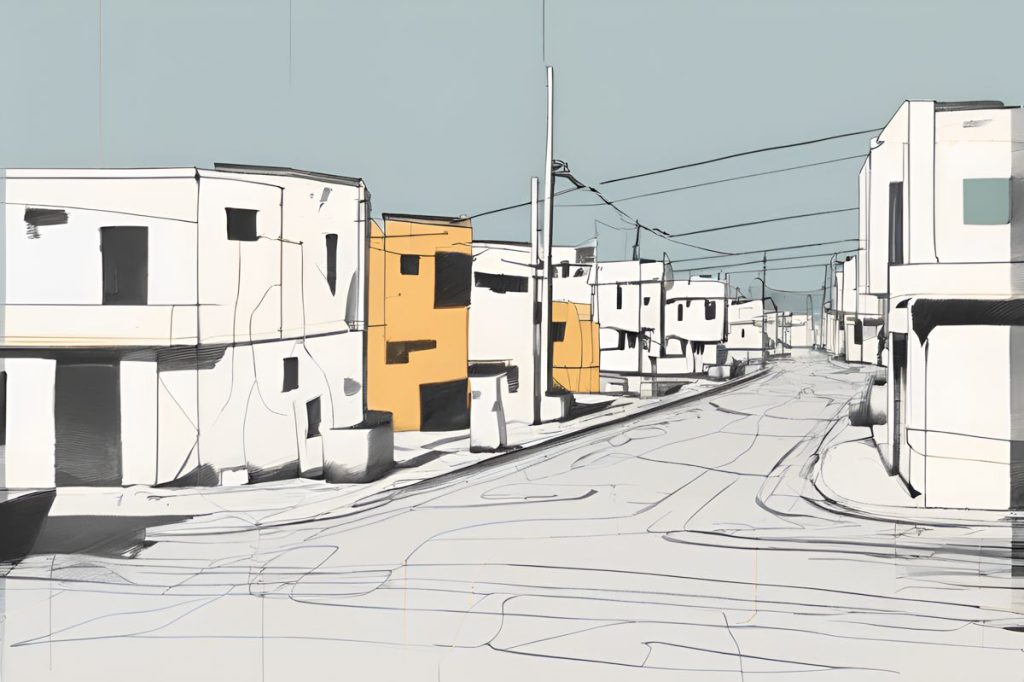Austria backs Cyprus’ proposal for safe zones in Syria, supporting the potential return of migrants to stable areas like Damascus and Tartus despite EUAAA’s concerns about surrounding conflict zones. The idea, though met with mixed reactions within the EU, highlights the complexity of ensuring safety and security for those seeking to go back to war-torn Syria.
What is Austria’s position on Cyprus’ proposal for safe zones in Syria?
Austria supports Cyprus’ proposal to establish safe zones in Syria, advocating for the potential safe return of migrants. Austrian officials believe parts of Syria, including Damascus and Tartus, are stable enough for this initiative, despite EUAAA’s caution regarding the surrounding conflict zones and the need for individual security assessments.
Backing a Controversial Plan
Amidst the complex tapestry of Middle Eastern geopolitics, Cyprus has proposed a bold initiative. The plan involves declaring certain areas of war-ravaged Syria as safe for the return of migrants. This week, the Cypriot plan received a significant endorsement from an influential EU member state. The Austrian government has publicly supported the idea, suggesting that it believes certain parts of Syria are now stable enough to be considered safe. Minister Gerhard Karner voiced this position to the European Union’s justice and affairs council, advocating for the potential resumption of deportations to these areas.
While the initiative has sparked interest, it remains a topic of intense debate and discussion within EU circles. The Cypriot Interior Minister, Constantinos Ioannou, has been pushing for a re-evaluation of the safety status of several regions within Syria. According to reports, some EU member states have voiced alignment with this view, highlighting the necessity of a revised political approach to the Syrian situation.
Evaluating Safety and Security
The foundation of Cyprus’ claim rests on assessments provided by the European Union Agency for Asylum (EUAA). They’ve indicated that cities like Damascus and the coastal city of Tartus might not pose a “real risk of suffering serious harm” for returnees. Specifically, Tartus, a hub situated 160 kilometers east of Cape Greco, is said to be generally safe. Damascus, the capital, also receives a cautious nod from the EUAA, albeit with the caveat that individual assessments are crucial to ensuring the security of returnees.
However, these assertions are juxtaposed against the reality of ongoing conflict and violence in surrounding areas. Travel routes to these so-called safe zones traverse through regions like Homs and Dar’a, which are still afflicted by indiscriminate violence according to EUAA’s reports. Moreover, recent missile strikes on Damascus underscore the volatility and unpredictability of safety in the region, despite governmental claims.
The Logistics of Return
The proposal to designate parts of Syria as safe zones raises numerous logistical and humanitarian concerns. For one, the accessibility of these areas is hampered by ongoing violence in the transit routes. The landlocked nature of Damascus and the perilous journey from Tartus port through the conflict zone of Homs pose severe risks for any returning individuals.
Furthermore, there’s the question of the international community’s response. While Austria’s support is a strong statement, it is clear that the EU is divided on the issue. With Sweden clarifying its position and the Greek migration ministry not responding to inquiries, the proposal seems to be far from a unified EU stance.
At the heart of these discussions lies the fate of countless migrants, whose potential return to Syria hangs in the balance of geopolitical decisions. Their safe repatriation requires careful consideration of the actual conditions on the ground, rather than solely relying on regional assessments.
What is Austria’s position on Cyprus’ proposal for safe zones in Syria?
Austria supports Cyprus’ proposal to establish safe zones in Syria, advocating for the potential safe return of migrants. Austrian officials believe parts of Syria, including Damascus and Tartus, are stable enough for this initiative, despite EUAAA’s caution regarding the surrounding conflict zones and the need for individual security assessments.
How has the EU reacted to Cyprus’ proposal for safe zones in Syria?
The proposal has sparked mixed reactions within the EU. While Austria has supported the idea, other member states have not taken a unified stance. The EUAAA has expressed concerns about the surrounding conflict zones and has emphasized the importance of individual security assessments for potential returnees.
What are some of the logistical and humanitarian concerns associated with establishing safe zones in Syria?
The proposal raises concerns about the accessibility of these safe zones due to ongoing violence in transit routes. The journey to these areas, especially from Tartus port through conflict zones like Homs, poses significant risks for returning individuals. Additionally, the lack of a unified EU stance and differing responses from member states add complexity to the issue.
Why is it important to consider the actual conditions on the ground in Syria when discussing the potential return of migrants?
Ensuring the safety and security of migrants returning to Syria is crucial and requires a thorough understanding of the current situation on the ground. While regional assessments may suggest certain areas are safe, the reality of ongoing conflict and violence in surrounding regions underscores the need for individual security assessments and a nuanced approach to repatriation efforts.

